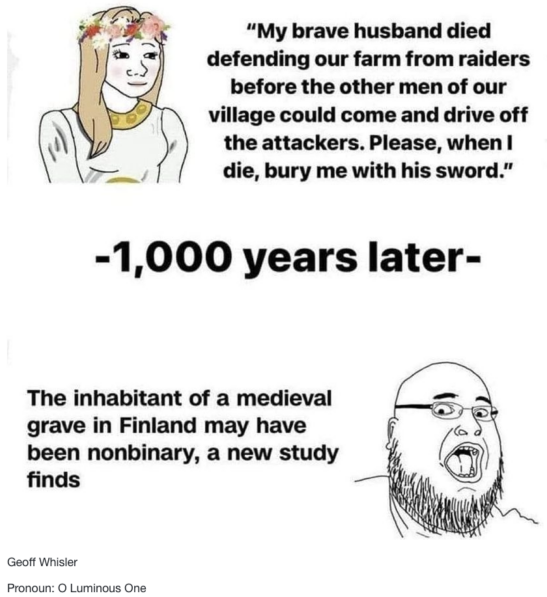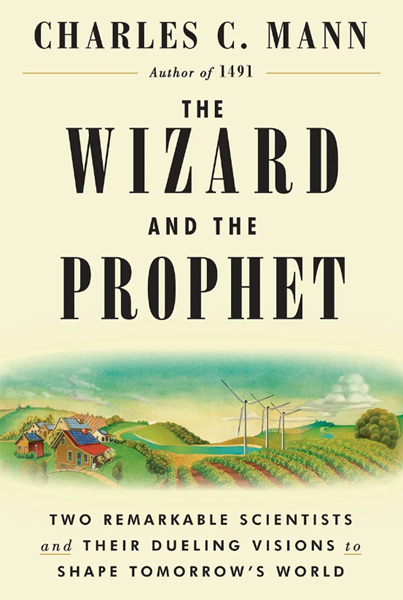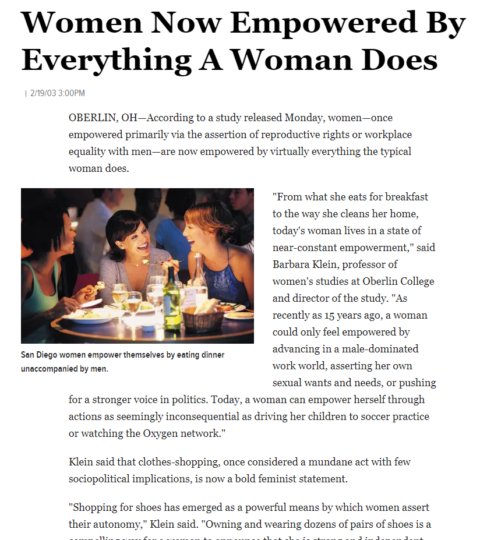Sarah Hoyt is amazed and surprised at some recent revelations about the latest paleontological discoveries:
Yesterday I did something I used to do more often, and looked into the latest discoveries in paleontology and archaeology and such.
And shortly after remembered why I no longer do it every month.
Apparently the latest, greatest news is that — yo, this is amazing — they’re finally not studying pre-history through the eyes of racism and sexism, and as such have determined that pre-historic hunting parties were as much as 80% female.
This is a discovery that of course makes perfect sense. No doubt the males were all back at base camp, chest-feeding the babies. Thereby freeing the pre-historic girl bosses to go and hunt them some mammoth.
If you’re staring at the screen with dropped jaws, I haven’t gone insane. I know this is utter and complete nonsense. It’s not my fault that the people running all our intellectual institutions, including research are morons studying to be idiots.
Applying the Heinlein filter for the actual reason they have to believe that up to 80% — 80%! — of pre-historic hunters were female, i.e. “Again and again, what are the facts?” we get that they found one grave — one — where the DNA of the remains are female (and here we’ll keep quiet about the strange idea that 6000 (I think) year old DNA is easily extracted, non-contaminated, etc. We’ll pretend we don’t know all the times they walked back “new species” because the DNA amplification techniques CREATED those discoveries.)
Let’s assume they’re correct and this was a female, buried with hunting implements. Sure, maybe she was a hunter. There will always be one or two in a large enough band, for the reason that in primitive societies some women are brought up as male: lack of a son, need to support the family, etc. (It is rarely a sexual thing, or because the person WANTED this. In fact it’s often decided for them before they are weaned. In fact, in primitive/ancient societies including the ones of our ancestors that we know about in detail, there was remarkably little room for self expression, self-conception or self interest. When you live close to the bone, such things are subjugated to the needs of the family, the clan, the tribe, more or less in that order. Because survival is hard.) We’re also informed, in BREATHLESS tones that it’s now thought that spear throwers were used to make sure women could throw spears fast enough! That’s why they exist.
But spear throwers are made and used by males, the world over. Go look at the tubes of you and you’ll see videos of people making them and using them, and they’re all male.
Further there is no society today of the ones still surviving more or less in a stone age way that has that kind of distribution for hunters. More importantly, there is no record of them, going as far back as we can.
Maybe this is because yes indeed, the past (being much closer to the bone, and therefore less willing to indulge in story telling) viewed things through a racist and sexist lens. Why not? After all I grew up in an intensely patriarchal society that still hadn’t adapted to the idea of women taking any hand in intellectual pursuits. And yes, that was unwarranted sexism. And every society is racist against every other (Actually culturist, but it’s often couched in terms of race.)
But still … You’d think that here and there there would be a race of valiant Amazons, whose men stay home and pound the taro while they go out and hunt, right?
But the truth is that if you put this notion to the remaining stone age people, they will laugh till they pee themselves. Yes, I know, I know, they internalized sexism from the evil white colonizers whom they’ve met three times in the last 100 years. That’s how powerful and evil whiteness is.
Or, listen, okay? I know this is just crazy talk, but maybe males and females are different and have evolved to fulfill different reproductive functions. And the reproductive function of females is more onerous than that of males. Women in our natural state, and unless something has gone seriously wrong — which of course makes us of less use to the tribe — spend most of our lives pregnant, nursing or carrying for children too young to care for themselves.













